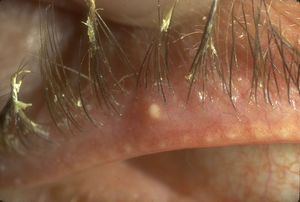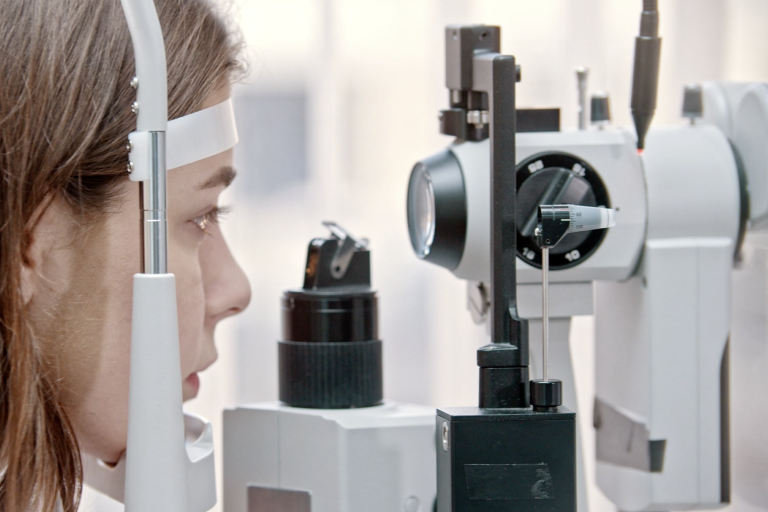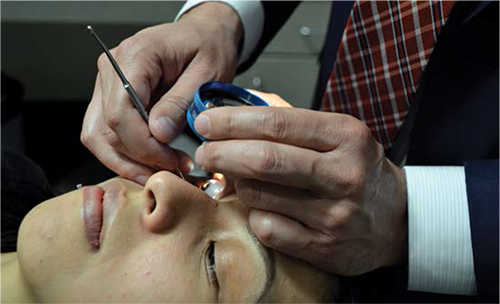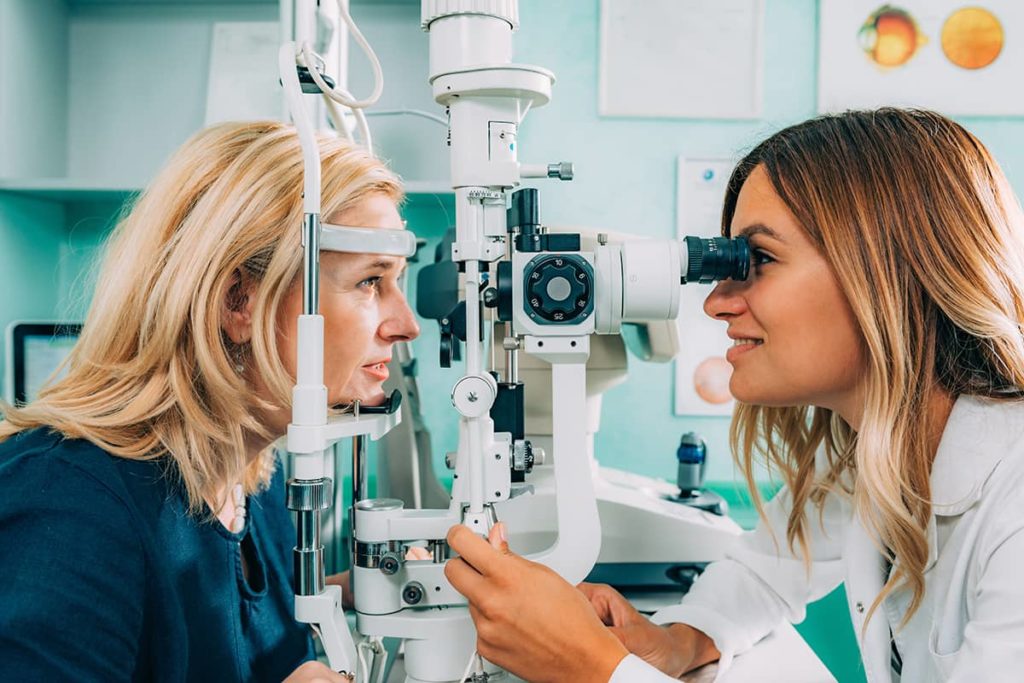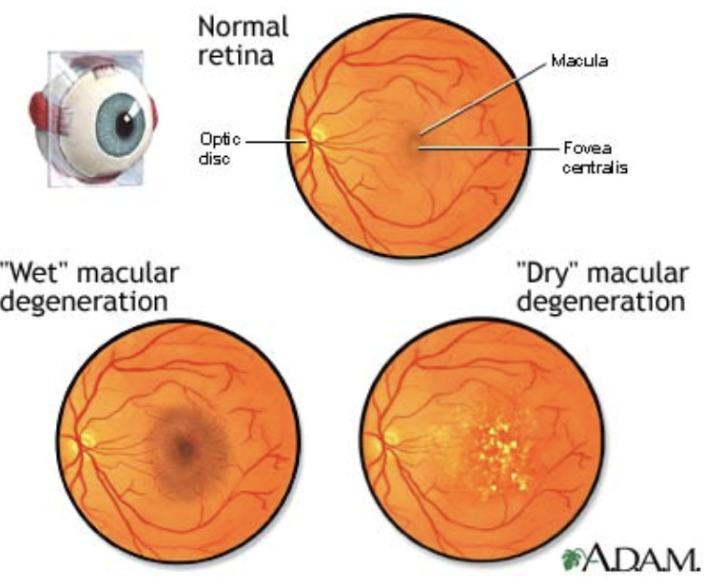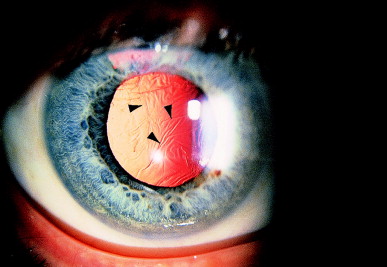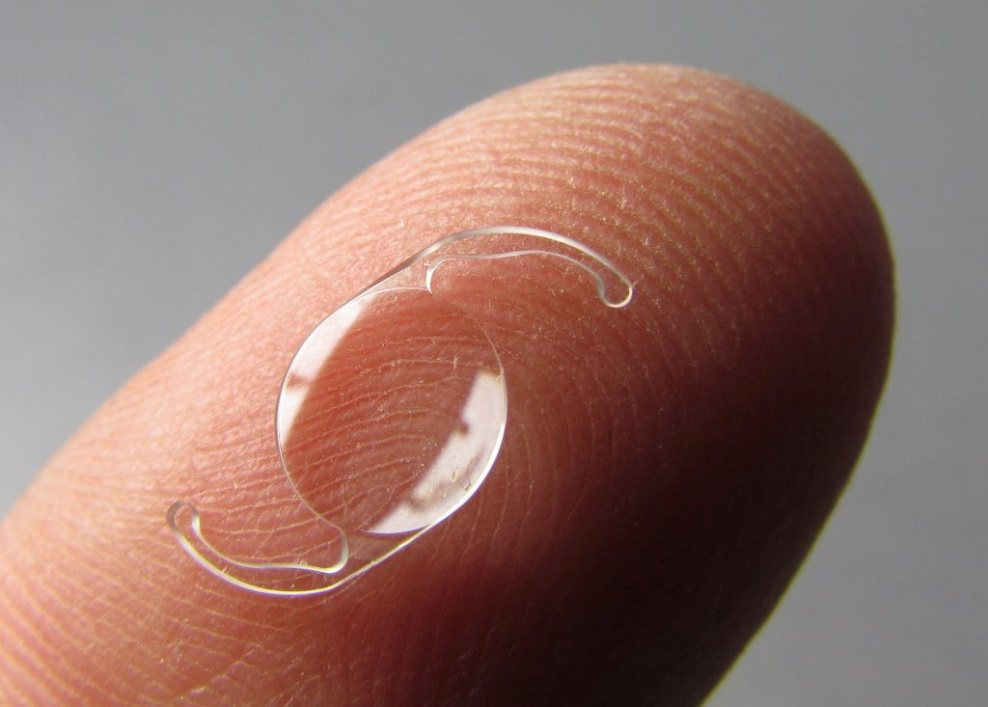Shedding Light on Primary Open-Angle Glaucoma: The Silent Thief of Sight
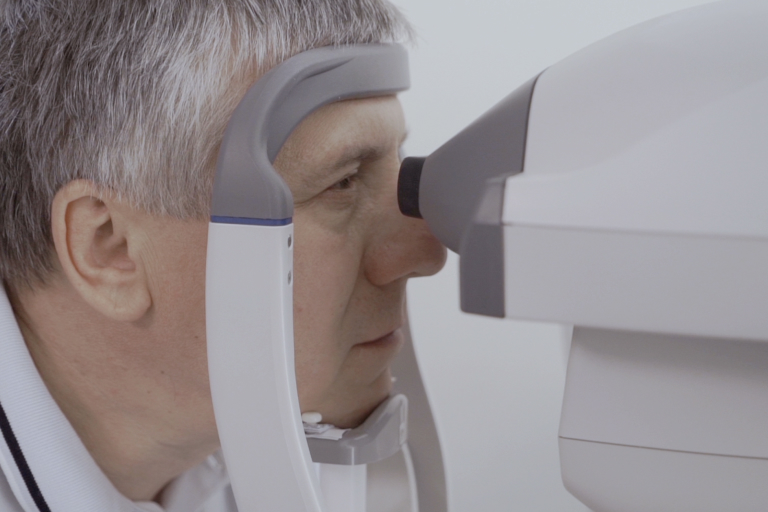
In the realm of eye health, there exists a condition that stealthily encroaches upon vision, often without warning until it’s too late. Primary open-angle glaucoma, a prevalent yet insidious eye disease, affects millions worldwide, posing a significant risk to vision if left untreated. In this blog, we’ll delve into the intricacies of primary open-angle glaucoma, exploring its causes, symptoms, diagnosis, and crucially, the steps one can take to manage and mitigate its impact on vision.
Understanding Primary Open-Angle Glaucoma: Primary open-angle glaucoma (POAG) is the most common form of glaucoma, a group of eye diseases characterized by progressive damage to the optic nerve, often associated with elevated intraocular pressure (IOP). Unlike some other types of glaucoma, POAG develops gradually and painlessly, earning it the moniker “the silent thief of sight.” In this condition, the drainage angle of the eye remains open, but the aqueous humor fluid fails to drain properly, leading to increased pressure within the eye over time.
Symptoms and Progression: One of the most challenging aspects of POAG is its asymptomatic nature in the early stages. Many individuals may remain unaware of the condition until significant vision loss occurs. As the disease progresses, peripheral vision gradually diminishes, leading to tunnel vision and, if left untreated, eventual blindness. Unfortunately, by the time symptoms become noticeable, irreversible damage to the optic nerve may have already occurred, underscoring the importance of regular eye exams, especially for those at higher risk.
Risk Factors: While anyone can develop primary open-angle glaucoma, certain factors may increase one’s susceptibility:
- Age: POAG becomes more prevalent with advancing age, particularly after the age of 60.
- Family History: A familial predisposition to glaucoma can significantly elevate one’s risk.
- Ethnicity: Individuals of African, Hispanic, or Asian descent are at higher risk.
- Elevated Intraocular Pressure: While not all individuals with POAG have high IOP, elevated pressure within the eye is a significant risk factor.
- Other Medical Conditions: Certain systemic conditions, such as diabetes and hypertension, may increase the risk of developing glaucoma.
Diagnosis and Treatment: Early detection is paramount in managing primary open-angle glaucoma and preserving vision. During a comprehensive eye exam, an ophthalmologist may conduct various tests, including measuring intraocular pressure, assessing the optic nerve, and performing visual field tests to detect any peripheral vision loss. Treatment aims to lower intraocular pressure and prevent further damage to the optic nerve. This may involve:
- Prescription Eye Drops: Medications to reduce intraocular pressure by either decreasing fluid production or improving drainage.
- Oral Medications: In some cases, oral medications may be prescribed to lower eye pressure.
- Laser Therapy: Procedures such as selective laser trabeculoplasty (SLT) or trabeculoplasty may help improve drainage in the eye.
- Surgical Intervention: In advanced cases or when other treatments are ineffective, surgical procedures like trabeculectomy or implantation of drainage devices may be necessary to lower intraocular pressure.
Primary open-angle glaucoma poses a significant threat to vision, silently encroaching upon peripheral vision and, if left untreated, leading to irreversible blindness. However, with early detection, regular monitoring, and appropriate treatment, the progression of the disease can be slowed or halted, preserving precious eyesight. It’s crucial for individuals, especially those at higher risk, to prioritize routine eye exams and proactive eye care practices. By shedding light on this stealthy condition, we empower ourselves and our communities to safeguard our vision and embrace a future filled with clarity and sight.
At the Orchard Eye Center we know your site is important. Annual eye exams can help us identify threats to your vision early, so that we can stop them in their tracks. Call us now to schedule your evaluation.
you may also like
Styes and Chalazions: Causes, Symptoms, and Treatment
What Are Styes and Chalazions? Styes, also known as hordeolums, and chalazions are small, painful lumps that…
How Often Should I Get an Eye Exam?
How Often Should I Get an Eye Exam? Eye exams are not just about assessing vision; they…

